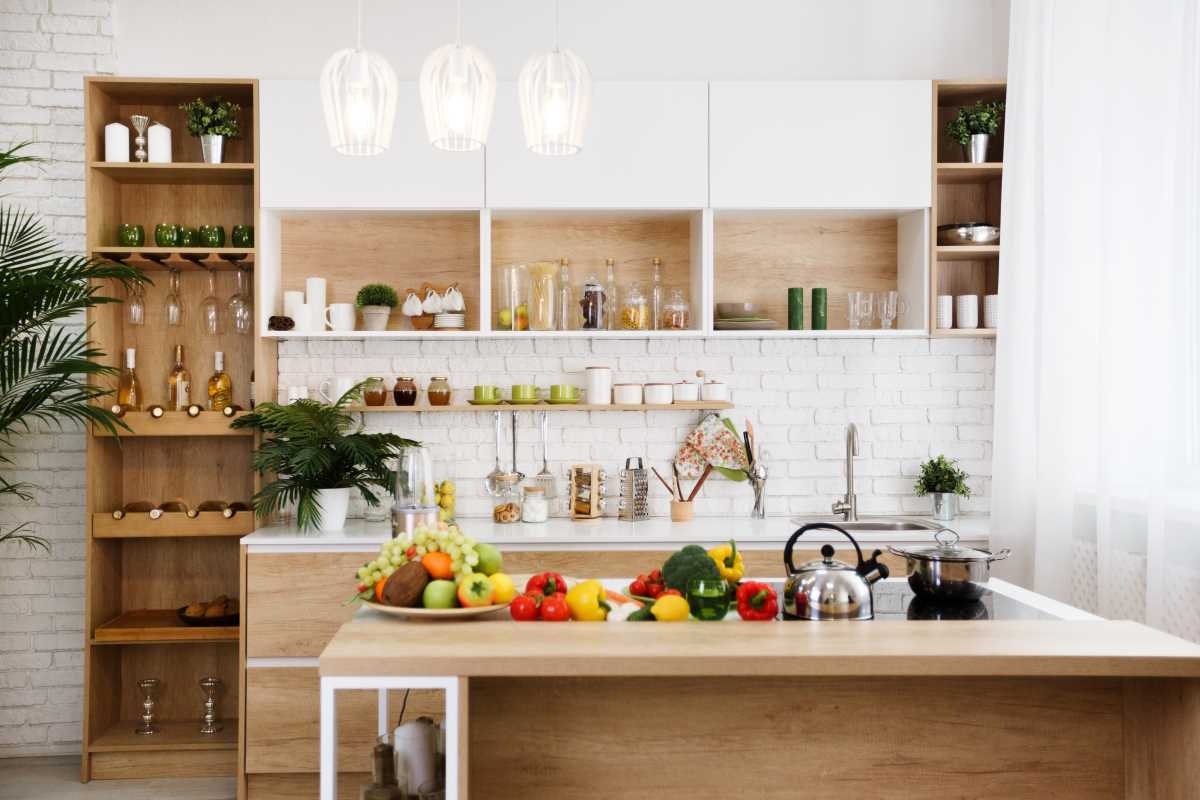Imagine stepping into your kitchen every morning and feeling accomplished, knowing that every item you use contributes to a healthier planet. Designing a zero-waste kitchen isn't just a trend—it's a meaningful shift towards sustainability that can transform your daily life and the environment around you. By minimizing food packaging and embracing eco-friendly practices, you not only reduce clutter but also make a positive impact on the world.
Understanding the Zero-Waste Movement
The zero-waste movement is all about reducing the amount of waste we produce by rethinking how we consume and dispose of products. It's not just about recycling more; it's about designing systems and habits that eliminate waste from the start. In the context of the kitchen, this means choosing products and practices that minimize packaging, encourage reuse, and prioritize sustainability.
At its core, zero-waste encourages mindfulness in our everyday actions. Whether we select items with minimal packaging, compost organic waste, or find creative uses for leftovers, the movement empowers individuals to make choices that collectively benefit the environment. Embracing zero-waste can lead to a more organized, efficient, and environmentally friendly kitchen space.
Assessing Your Current Kitchen Practices
Before transitioning to a zero-waste kitchen, you must understand your current habits and identify areas for improvement. Start by taking a close look at the packaging of the products you use daily. How much of it is plastic or other non-recyclable materials? Do you frequently buy items in single-use packages that could be replaced with bulk or reusable alternatives?
Next, consider your storage and organization methods. Do you have a system for tracking what you have to prevent overbuying and food waste? Assessing your kitchen practices helps you pinpoint specific changes that can lead to a more sustainable setup. This self-evaluation is a crucial step in creating a roadmap towards a zero-waste kitchen.
Practical Tips for Reducing Food Packaging
- Shop in Bulk: Purchase staples like grains, nuts, and spices from bulk sections to minimize packaging waste.
- Bring Your Own Containers: When shopping, bring reusable bags, jars, and containers to avoid single-use plastics.
- Choose Fresh Produce: Opt for fresh fruits and vegetables instead of pre-packaged ones to reduce packaging waste.
- Select Minimal Packaging Products: Look for products with minimal or recyclable packaging materials.
- Support Local Farmers: Buying directly from local farmers can reduce packaging and support sustainable practices.
- Use Reusable Produce Bags: Replace plastic produce bags with washable, reusable alternatives.
- Avoid Single-Use Items: Steer clear of single-use items like plastic wraps and opt for reusable or compostable options.
Embracing Reusable and Sustainable Alternatives
Transitioning to a zero-waste kitchen involves embracing reusable and sustainable alternatives for everyday items. Swap disposable kitchenware for durable, long-lasting options like stainless steel or glass containers. These materials reduce waste and keep your food fresh for longer periods.
Consider investing in eco-friendly cleaning products and reusable kitchen cloths instead of paper towels. Implementing these changes can significantly reduce the number of non-recyclable items that end up in landfills. Using sustainable alternatives helps foster a more environmentally conscious mindset, encouraging thoughtful choices in other areas of life.
Additional Resources and Inspiration
Learning more about reducing food packaging can give you the knowledge and motivation to sustain your zero-waste journey. Numerous online communities, blogs, and local workshops offer tips and support for those looking to make meaningful changes in their kitchen practices. By connecting with others who share your commitment to sustainability, you can find inspiration and practical advice to keep you on track.
Exploring different approaches and success stories can ignite your creativity and help you find unique solutions tailored to your lifestyle. Whether it's innovative storage solutions, creative meal planning, or sustainable cooking techniques, the resources available can guide you in creating a zero-waste kitchen that works for you.
- Designing a zero-waste kitchen starts with understanding and evaluating your current practices.
- Reducing food packaging can significantly decrease your environmental footprint.
- Embracing reusable and sustainable alternatives fosters long-term sustainability.
- Accessing additional resources and connecting with like-minded individuals can support your transition.
- Implementing these changes benefits the environment and enhances your kitchen's functionality and aesthetic.
Taking the first steps towards a zero-waste kitchen can seem daunting, but the rewards are well worth the effort. By thoughtfully reducing food packaging and embracing sustainable practices, you contribute to a healthier planet and create a more organized and efficient kitchen space. Start today and inspire others to join you on this eco-friendly journey.







